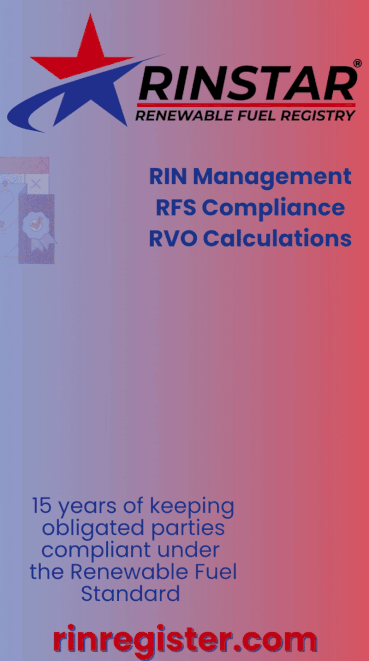REG takes $64 million risk-management loss in Q1
- Renewable Energy Group Inc.
- May 5, 2022
- 3 min read
Updated: May 9, 2022

Renewable Energy Group Inc. announced May 4 its financial results for the quarter ended March 31. Revenues for the first quarter were $936 million on 157 million gallons of fuel sold. Net income available to common stockholders was $12 million in the first quarter of 2022, compared to net income of $39 million for the first quarter of 2021. Adjusted EBITDA was $40 million in the first quarter of 2022, compared to $56 million for the first quarter of 2021. Both net income and adjusted EBITDA were negatively impacted by the hedge-related timing impact from a $64 million risk-management loss in the quarter.
First Quarter 2022 Highlights
All figures refer to the quarter ended March 31, 2022, unless otherwise noted. All comparisons are to the quarter ended March 31, 2021, unless otherwise noted.
REG sold 157 million gallons of fuel, a 23-million-gallon increase compared to the first quarter of 2021. Petroleum diesel sales increased 27 million gallons due to the company’s acquisition of Amber Resources and North American renewable diesel sales increased 7 million gallons. The increase in volumes was partially offset by a 6-million-gallon decrease in North American biodiesel sales, due primarily to the closure of the Houston facility late last year, and a 5-million-gallon decrease in third-party renewable diesel sales.
REG produced 99 million gallons of biodiesel and renewable diesel during the first quarter, flat versus the same period last year. Renewable diesel production increased 42 percent, primarily due to the fact that the 2021 turnaround at the company’s Geismar facility was started and completed in the first quarter of that year, while this year the turnaround was started in March but completed in April. North American biodiesel production decreased 10 percent primarily due to the Houston facility shutdown referenced above.
Revenues increased from $540 million to $936 million, driven by the Amber Resources acquisition and higher selling prices realized from a combination of a 75 percent increase in ULSD prices and a 20 percent increase in D4 RIN prices year over year.
Gross profit was $68 million compared to gross profit of $74 million in the first quarter of last year. The decrease in gross profit was driven primarily by the hedge-related timing impact from a $64 million risk-management loss in the quarter due mostly to the significant increase in ULSD prices. The loss was partially offset by an increase in gross profit for separated RINs, driven both by increased RIN monetization and higher D4 RIN prices. Higher raw materials and coproducts profitability, an increase in LCFS credit monetization due to the company’s downstream strategy, and an increase in petroleum gross profit due to the Amber acquisition were also positive factors in the quarter.
Operating income was $18 million compared to operating income of $42 million, driven by the same factors as those described above for gross profit along with an $18 million increase in selling, general and administrative costs. The increase in selling, general and administrative costs was driven primarily by increased headcount from the Amber acquisition and higher legal and professional fees stemming from the proposed merger with Chevron.
GAAP net income available to common stockholders was $12 million, or 25 cents per share on a fully diluted basis, compared to GAAP net income available to common stockholders of $39 million, or 88 cents per share on a fully diluted basis. The differential drivers are the same as those described above for operating income and gross profit along with an increase in interest expense of $6 million from the green-bond issuance that closed in the second quarter of last year.
Adjusted EBITDA was $40 million compared to $56 million, with the decrease resulting from the same factors as described above for operating income. Expenses related to the proposed merger have been excluded from adjusted EBITDA.
At March 31, REG had cash and cash equivalents, restricted cash, and marketable securities (including long-term marketable securities) of $790 million, a decrease of $170 million from Dec. 31. The decrease in cash and cash equivalents was primarily driven by an increase in inventories and accounts receivable due to rising commodity prices in the quarter and from capital expenditures, including those for the Geismar improvement and expansion project.
At March 31, accounts receivable were $213 million, an increase of $54 million from Dec. 31, and accounts payable were $222 million, an increase of $59 million from Dec. 31. The value of the company’s inventory at the end of the quarter was $551 million, an increase of $97 million from Dec. 31.
For financial charts and more, click here.


































